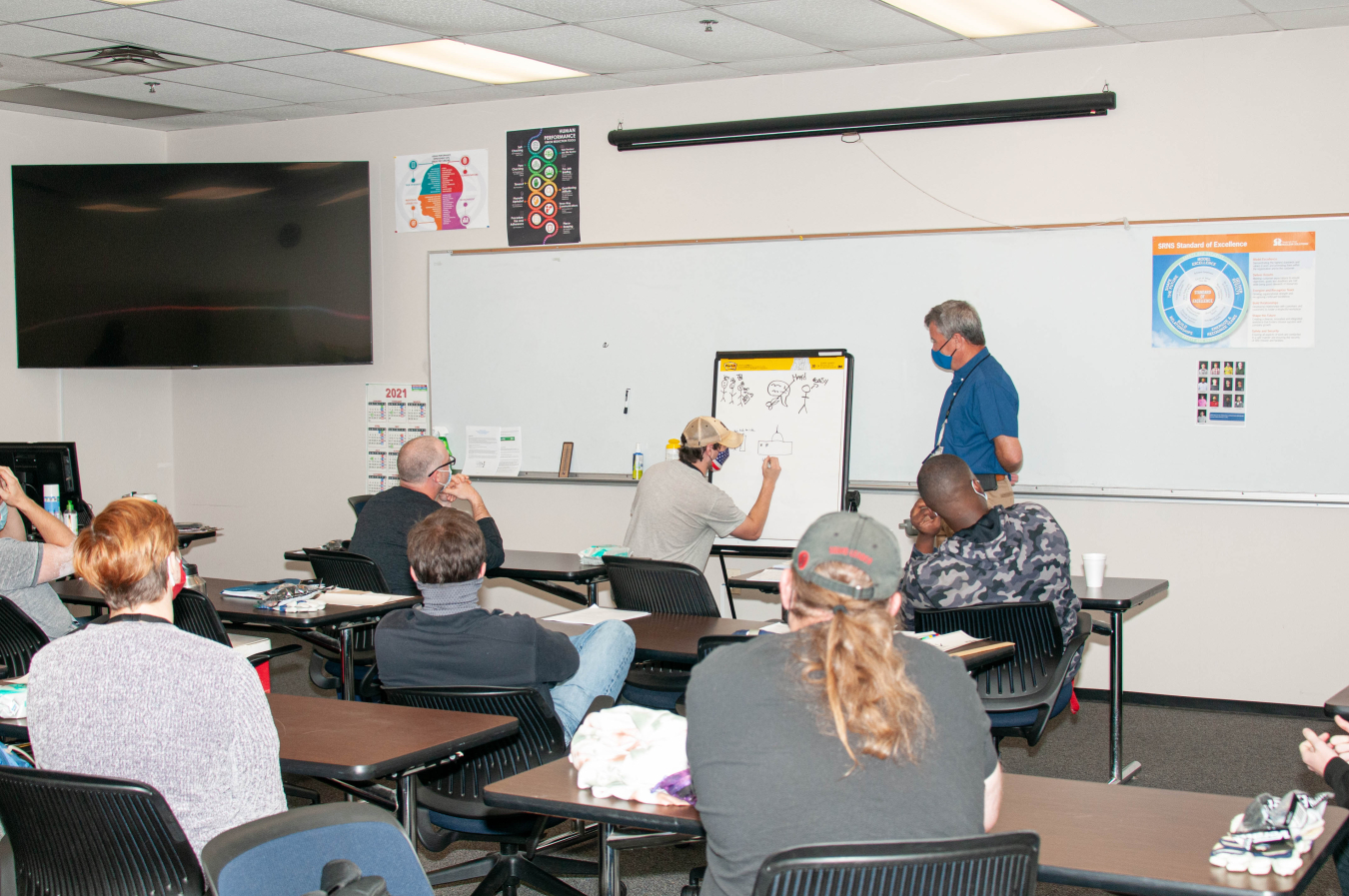AIKEN, S.C. – The Savannah River Site recently took steps to strengthen the use of human performance improvement (HPI) tools to help personnel reduce the chance and severity of errors while performing work activities.
Office of Environmental Management
May 18, 2021
AIKEN, S.C. – The Savannah River Site recently took steps to strengthen the use of human performance improvement (HPI) tools to help personnel reduce the chance and severity of errors while performing work activities.
Human performance is generally recognized as a series of behaviors carried out to accomplish specific tasks. HPI principles provide a systematic approach to improving individual and organizational performance.
“SRS began using HPI tools approximately 15 years ago, and while we have continued their use, the emphasis on their importance in everyday activities had become stale over time,” said Daryl Smoldt, conduct of operations program manager for Savannah River Nuclear Solutions, the management and operations contractor of SRS. “HPI tools provide workers with methods to help anticipate, prevent, or catch errors, and we want to make sure they are top of mind and accessible for all employees. To do this, we took a fresh look at how we taught and reinforced these tools and looked at ways to make them better.”
Recent efforts include developing short HPI videos accessible to all employees; integrating HPI more closely with conduct of operations principles; developing an HPI sustainability plan; and establishing an HPI lab, which is home to electronic devices that react in real time to participants as they follow directions in a procedure.
“The HPI lab is accessible to all site employees and uses dynamic learning activities to help participants understand HPI tools by using them in a fun and hands-on way,” Smoldt said.
In one activity at the lab, an employee describes a specific structure built from Legos, while another employee tries to assemble that structure using Legos. The two participants do not see each other during the exercise.
"This activity shows participants the hazards of imprecise communication habits, interpretation requirements, and assumptions, and emphasizes the error-reduction tools of a questioning attitude, three-way communications, and pre-job briefing, to name a few,” Smoldt said.
HPI tools include self-checking, peer-checking, timeouts, use of the phonetic alphabet, procedure use and adherence, flagging, task preview and job site review, pre-job briefings, a questioning attitude, and use of three-way communications. Although the tools are commonly used by employees in operations, personnel in administrative and support roles employ them as well.
To receive the latest news and updates about the Office of Environmental Management, submit your e-mail address.

